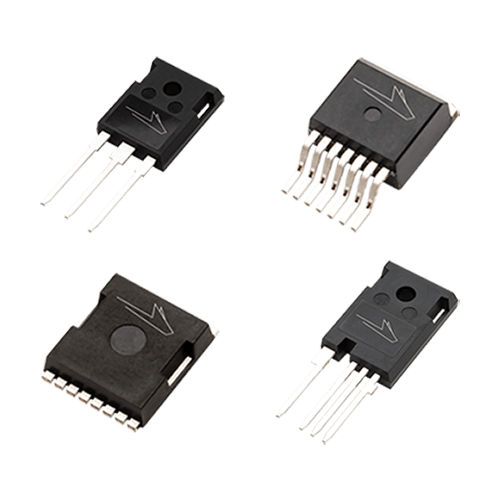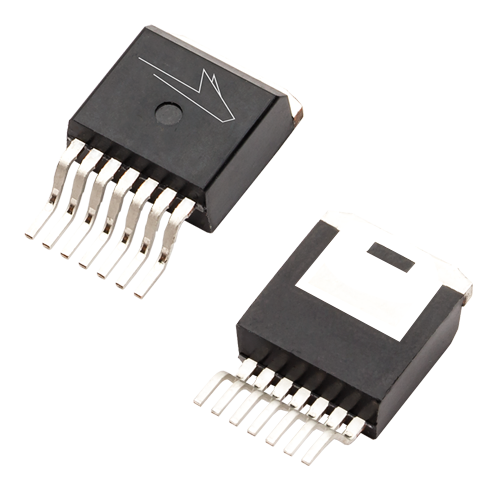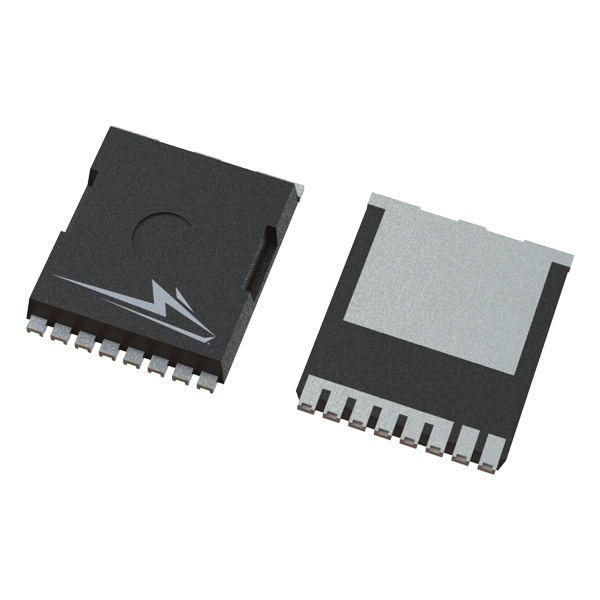Features
- Low On-State Resistance over Temperature
- Low Parasitic Capacitances
- Fast Diode with ultra low reverse recovery
- High Temperature Operation (TJ = 175°C)
- Kelvin Source Pin
- Industry Standard Through-Hole & SMT Packages
- Small form factor
- Low lead inductance
- Low Thermal Impedance




